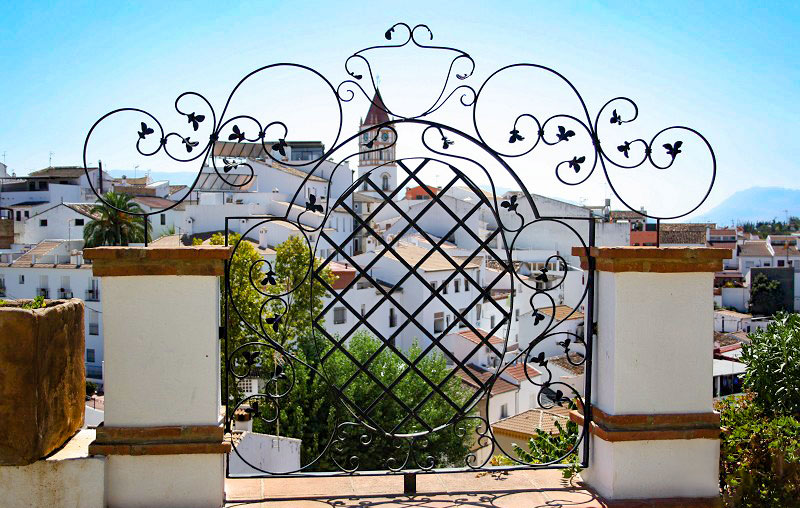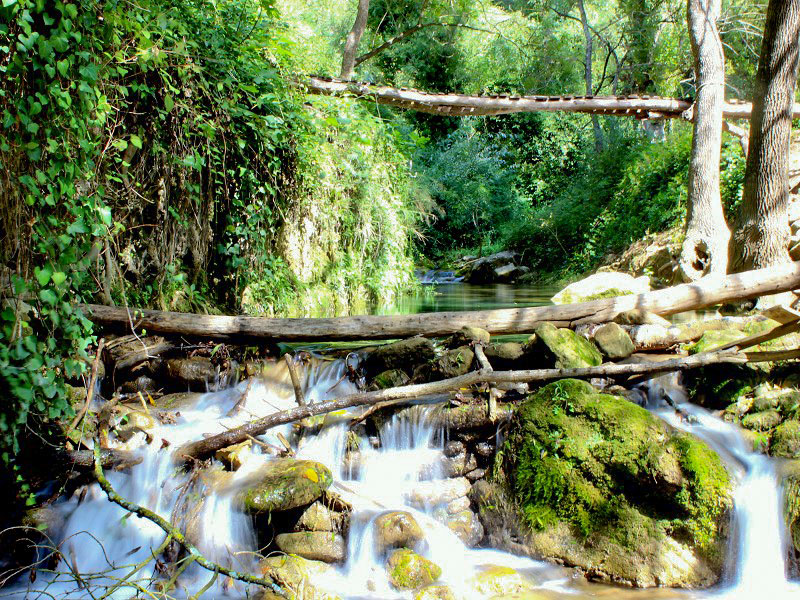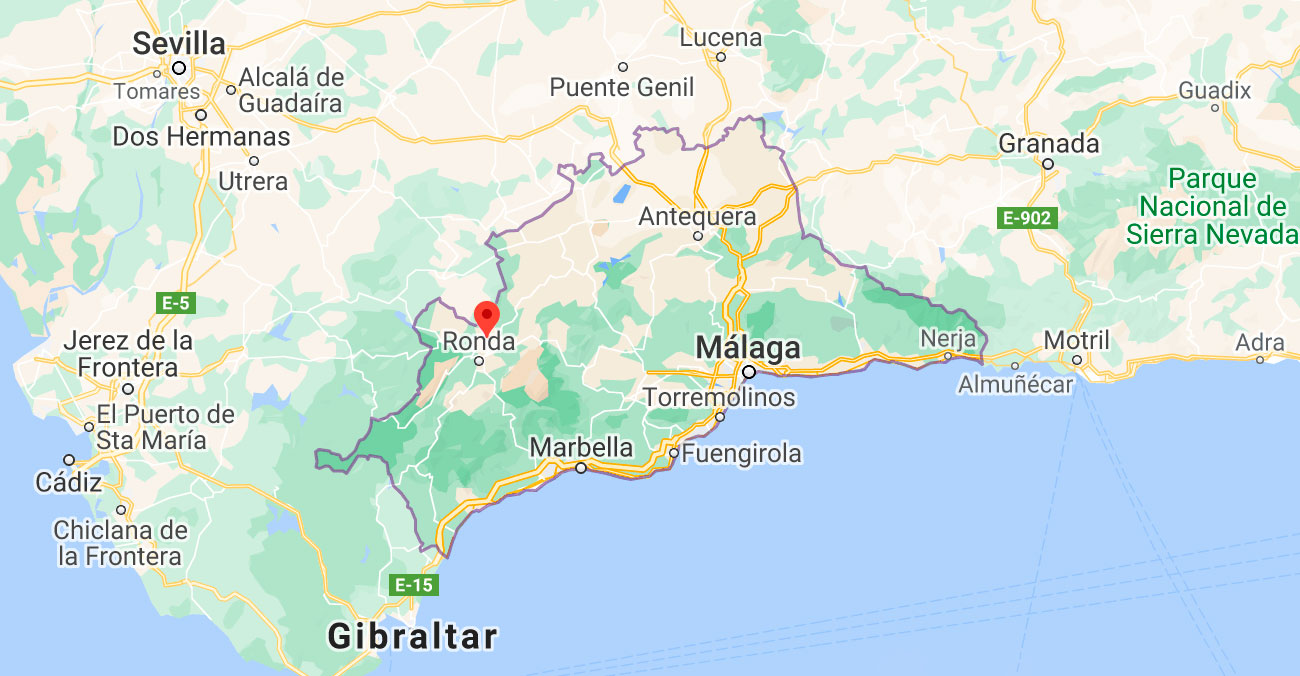History
The first documentary evidence of the existence of Arriate dates back to 1570 in the Census of Philip II, although the origin of its name is Arabic: “Arriadh” (Los Vergeles).
In the year 1630, the Villa de Arriate was separated from the Municipal District of Ronda. In 1635 he rejoined Ronda again, on February 14, 1661 through the deed signed in Madrid before the notary of King Felipe IV, D. Gabriel Rodríguez de las Cuevas, when Arriate once again achieved his independence, paying three hundred and fifty for it. And two thousand seven hundred thirty-nine maravedíes.
Among its most important cultural and religious events is its Holy Week, declared a festival of cultural interest in Andalusia and of provincial tourist uniqueness, as well as its famous Fiesta en el Aire, its Pilgrimage, the day of Partir la Vieja or the Tostones.
Monuments
And to enjoy a wonderful panoramic view of Arriate and the river bank, we have the Estacá viewpoint and the Havana street viewpoint.









